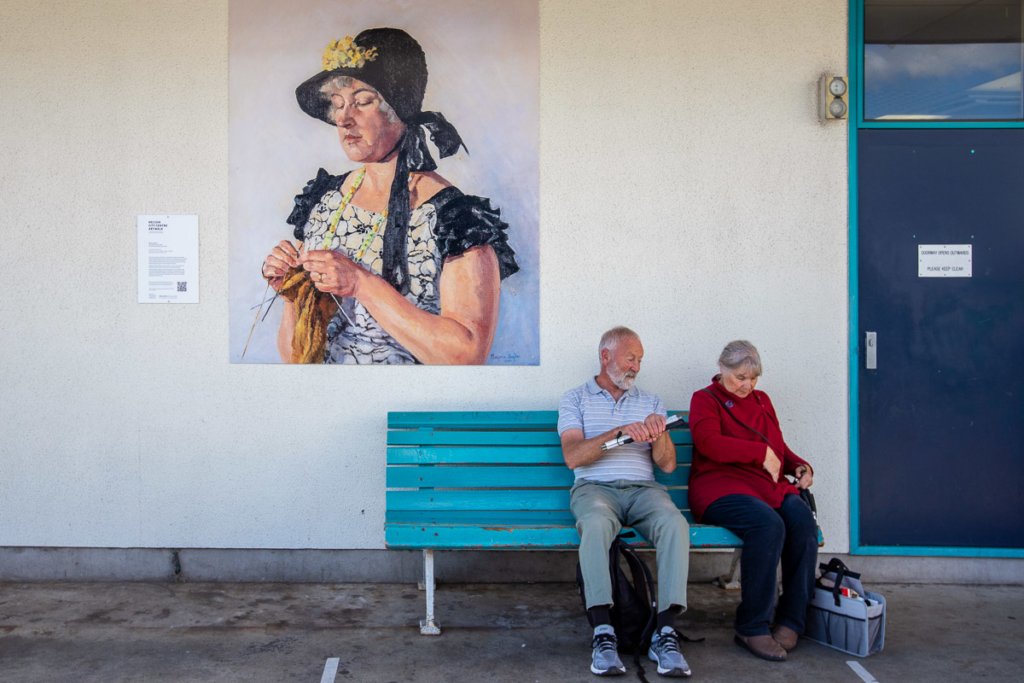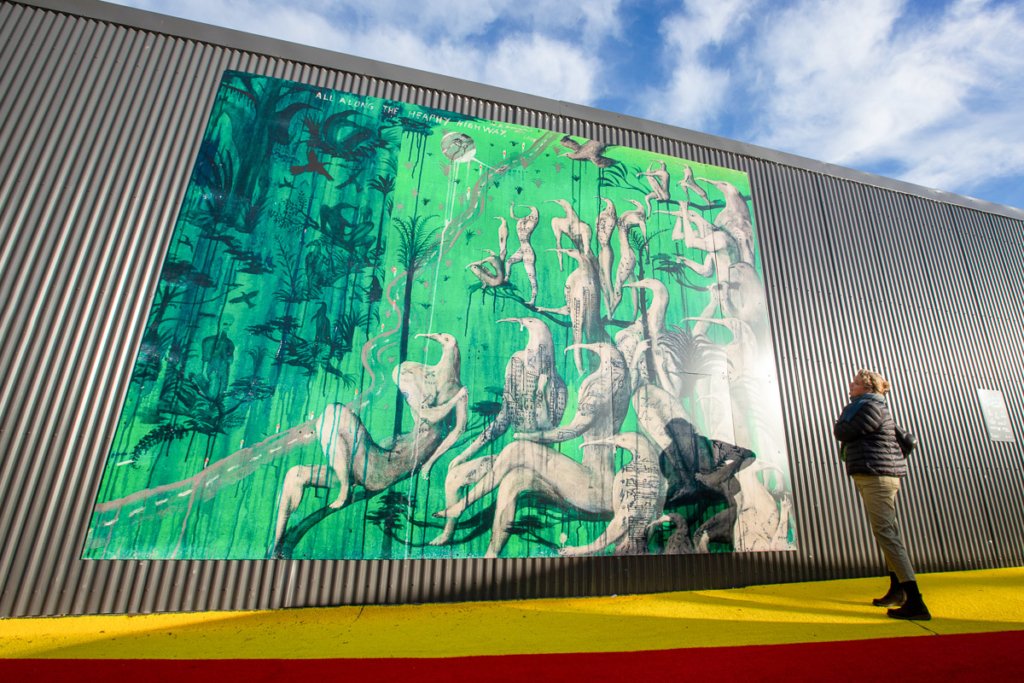Nelson has long been a haven for artists.
This comes as no great surprise when considering its charmed vistas where the water meets the land, stretching over the checker board plains to rolling hills and snow-capped mountain ranges beyond.
On top of this, the high sunshine hours and thriving agriculture industries present ideal conditions and seasonal work for young artists and dreamers. Nelson has always been a constant thoroughfare and destination for immigrants, and more recently, one of the country’s largest centres for refugees. In recent years, its local Maori iwi have come to the fore, reclaiming their stories and connections to Whakatū.
In the 1930s and 40s, there was a circle of New Zealand contemporary artists and writers who lived,or spent time, in the Nelson arts region. Toss Woollaston lived in Mapua, often visited by artists including Colin McCahon and Doris Lusk, who agreed that the Nelson landscape was a ‘subject for painting’. Rita Angus would come to the then newly-formed Riverside Community to pick apples, mix with like-minded people, and work on ideas for paintings.
Later, the region’s clay deposits attracted potters–Czech Mirek Smisek, Brits Harry and May Davis,and Jack and Peggy Laird,all established their careers in Nelson, with an impact that stretched across New Zealand. With the potters came the broader craft industry–weavers, jewellers and glassworkers, encouraged by training opportunities at Laird’s Waimea Pottery, Jens Hansen Jeweller, Höglund Art Glass and Nelson Polytechnic.
In the 80s, the arts took a performance-bent. The extravaganza of Wearable Arts started in a rain-sodden tent, its 200 guests in gumboots, cheering a line-up of art-as-garments. Nelson Arts Festival followed soon after, featuring a Mask Carnivale with 1000s of people in home-made costumes.These two events relied heavily on volunteer community input–both as labourer and artist. Most recently this aspect has manifest in the biennial TeRamaroa, a light festival that showcases wondrous light installations by local kids and everyday people with a genius spark, taking months(even years)to construct their creations.This aspect seems to be ingrained in Nelson–that a large-scale event can be pulled together with the input of school kids and committed amateurs, rather than the need for a headline artist. Perhaps too, this is the success of the Saturday Markets, where a start-up can test their skill at a hand made product, building sales until they have a business the sizeof Pic’s Peanut Butter.
The extravaganza of Wearable Arts started in a rain-sodden tent, its 200 guests in gumboots, cheering a line-up of art-as-garments.
While the Nelson-based craft community is smaller than its heyday of the 70s and 80s, there are still plenty of craft galleries and studios to satisfy every taste. It’s best however, to start at The Suter Art Gallery Te Aratoi o Whakatū, with its impressive collection of work by local and New Zealand painters and ceramicists. Recently, the Suter partnered with Make/Shift Spaces to create ArtWalk–a self-guided walking tour around the town, featuring key paintings from the Suter, reproduced in large scale on external walls.The curation of ArtWalk focused on works that have a particular poignancy to the Nelson region, either through the artist or the subject matter, making for interesting backstories. ArtWalk can be enjoyed as a mission-with-a map, ora surprise discovery as one saunters from cafe to boutique store to wine bar.

Words: Francis Wilson


